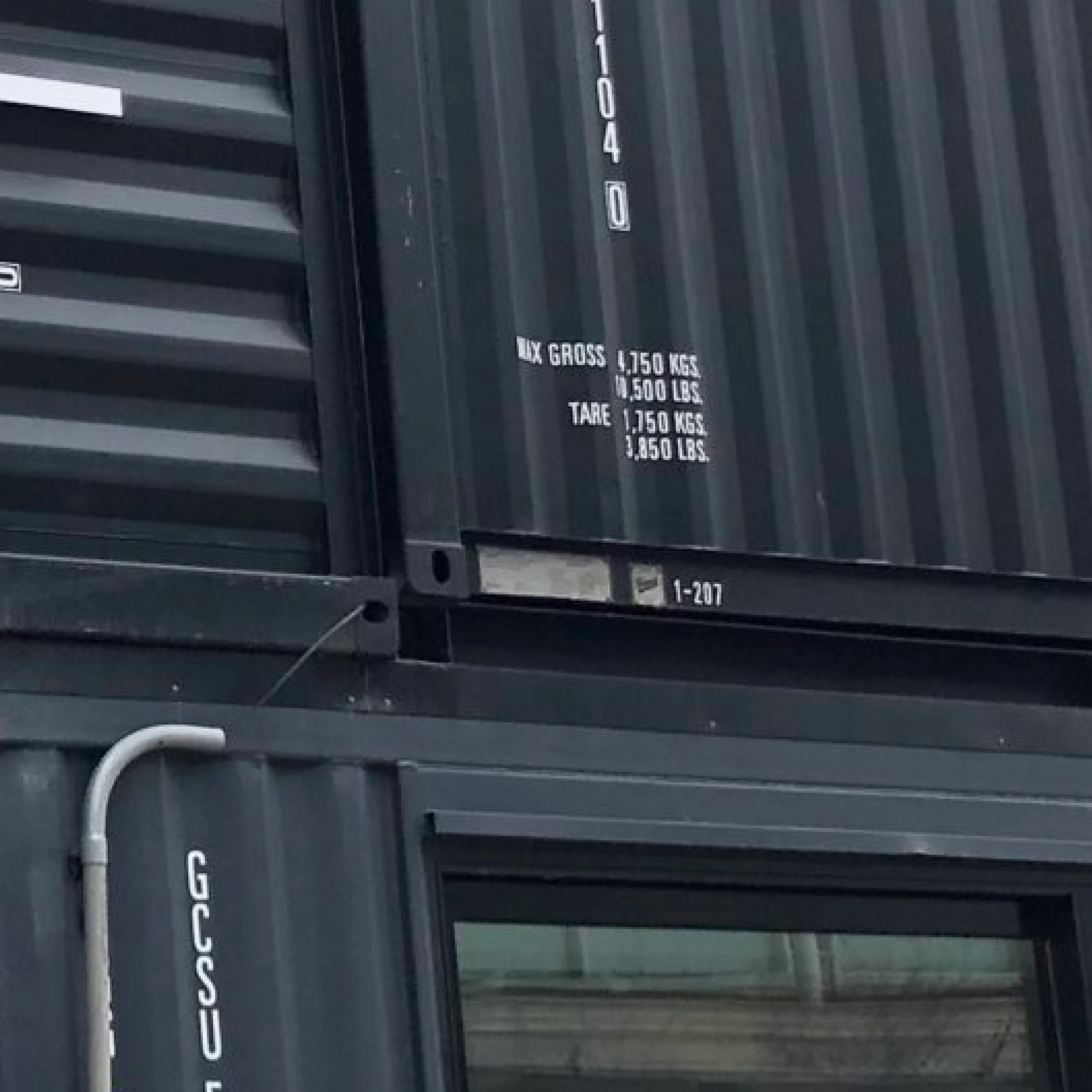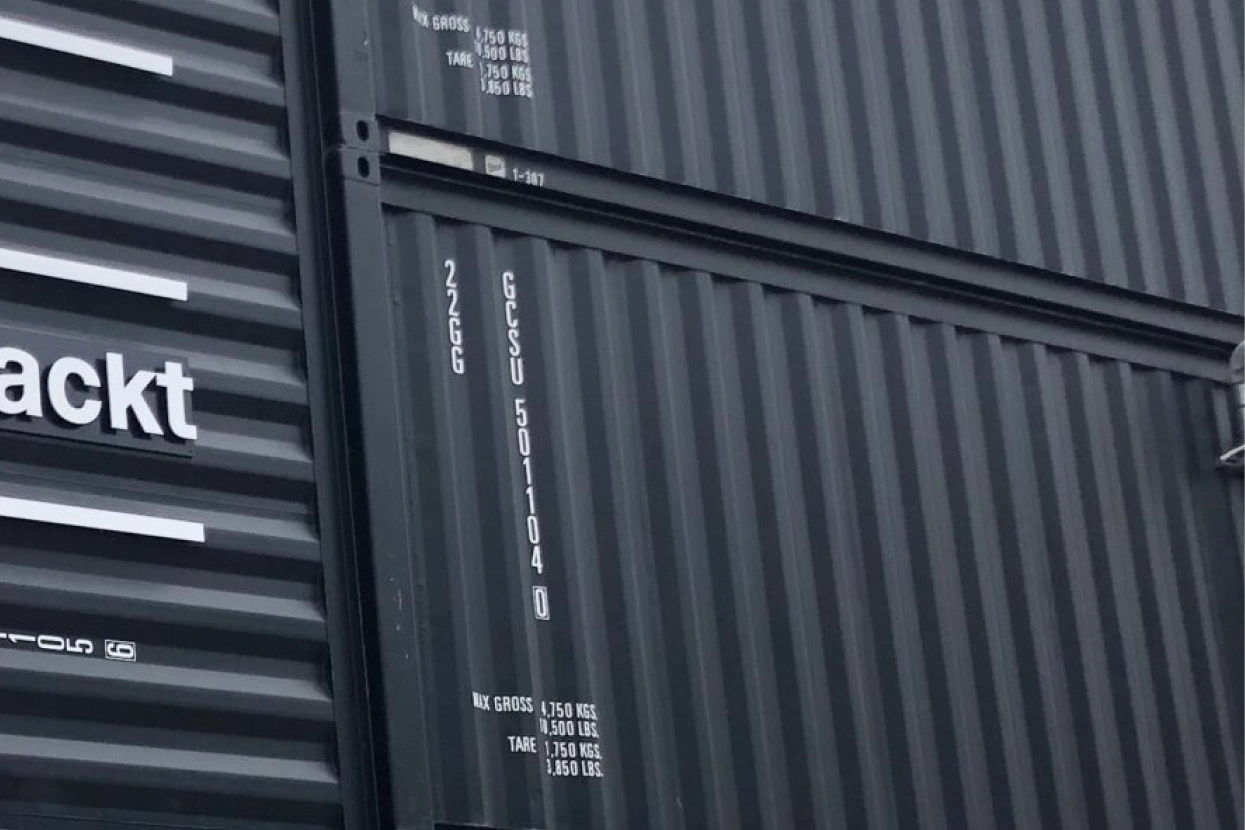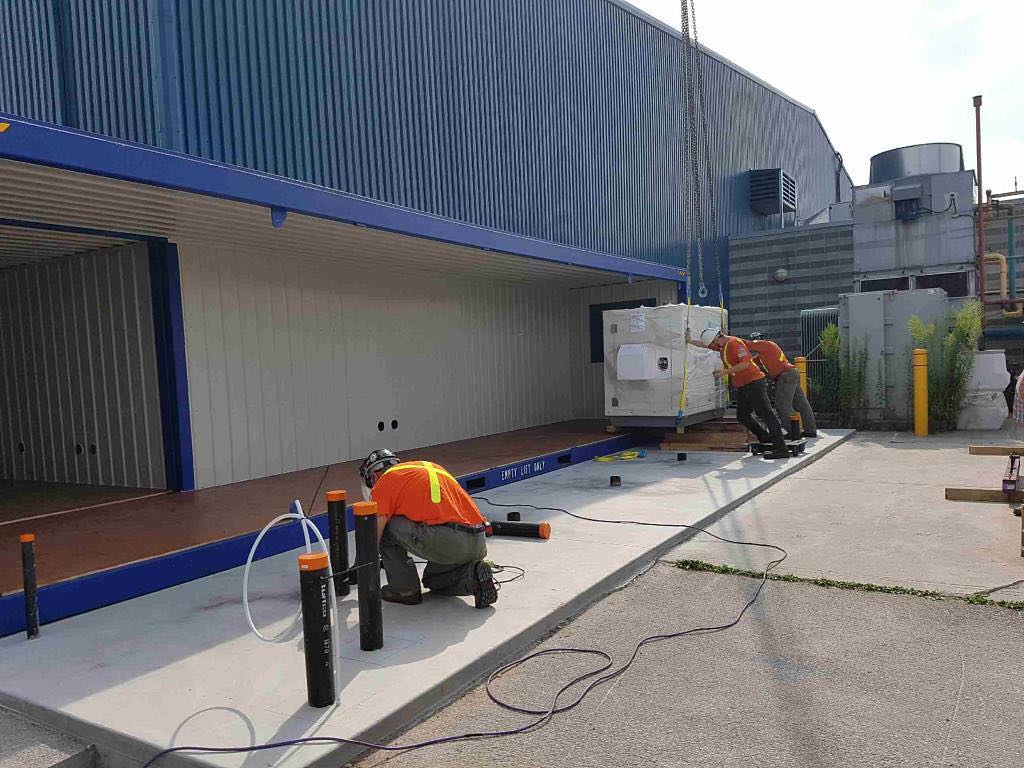How Can Industrial Structures From Containers Meet Architectural Needs?


In today's world, the demand for innovative architectural solutions is ever-increasing. One intriguing approach is using shipping containers as the foundation for industrial structures. This blog explores how these versatile containers can meet various architectural needs while offering sustainability and aesthetic appeal.
Understanding Container Architecture
To appreciate how containers can meet architectural needs, we first need to understand container architecture and its core principles.
Container architecture refers to the practice of using shipping containers as a building material. They are not just boxes; they can be transformed into livable and functional spaces. By reimagining these steel containers, architects have created a new way to think about urban design.
This architectural style brings a unique aesthetic while maintaining functionality. For instance, the height and durability of containers allow for imaginative designs that can challenge traditional concepts of space and structure.
Finally, understanding how containers work in architecture requires an appreciation of their scalability. Whether stacked vertically or arranged side by side, they can form dynamic spaces suited to various architectural needs.

Benefits of Using Containers
Shipping containers provide numerous benefits, including cost-effectiveness, ease of transport, and durability, making them a practical choice for various structures. One of the most significant advantages of using containers is their affordability. Compared to traditional building materials, containers often provide a more budget-friendly alternative, making large-scale projects more feasible for developers. Additionally, the transportability of containers allows for quick relocation. This means if a project needs to be moved or adapted, containers can be easily modified to suit new requirements.
Moreover, industrial structures built from containers are impressively durable. They are designed to withstand harsh environmental conditions, making them a long-term investment in quality construction.
Design Flexibility and Creativity
The modular nature of containers allows architects to explore creative designs while accommodating different functional requirements. Containers can be easily combined or modified to create unique spaces. Their rectangular shape facilitates a multitude of design options, from sprawling layouts to compact living spaces. Moreover, the industrial aesthetic of containers appeals to many designers and homeowners alike. They can be painted, insulated, and decorated to reflect personal style or brand identity. This flexibility also extends to different uses, making container structures ideal for residential homes, office spaces, pop-up shops, and even community centers. The possibilities are virtually endless!
Case Studies of Successful Container Structures
Examining real-world examples provides insights into how containers have been effectively utilized in architectural projects. One notable project is the 'Container City' in London, where a series of shipping containers have been transformed into artist studios and affordable housing units, showcasing the versatility of container architecture. In Canada, our Stackt market project is another prime example where containers have been ingeniously repurposed into a vibrant retail and event space. This innovative use of containers has revitalized an urban area and provided community engagement. These case studies highlight not just the aesthetic possibilities of containers, but also their ability to foster community, promote economic development, and adapt to various urban conditions.
Challenges and Solutions in Container Construction
While container construction comes with unique challenges, innovative solutions are being developed to overcome them. For example, issues related to insulation and humidity can arise when using metal containers. To combat this, architects are employing specialized insulating materials and ventilation systems to create comfortable living and working environments. Another challenge is the zoning regulations that often categorize containers as temporary structures. This can complicate the permitting process, but many cities are starting to adapt their regulations to accommodate container architecture, paving the way for more projects. Finally, public perception can be a hurdle. Some may view container structures as unsightly or utilitarian. Addressing this involves education and showcasing successful design examples that illustrate the aesthetic potential of container architecture.
Final Thoughts
In conclusion, industrial structures built from shipping containers represent an exciting intersection of functionality and design. Their adaptability allows architects to solve diverse architectural challenges, making them a compelling choice for future projects.
Need some more inspiration?
Check out our recent projects





